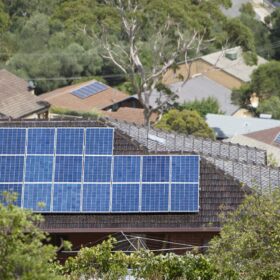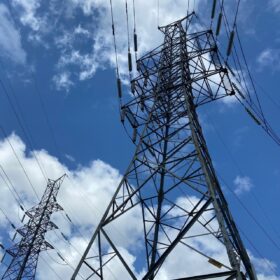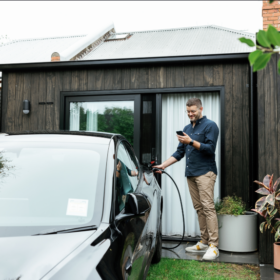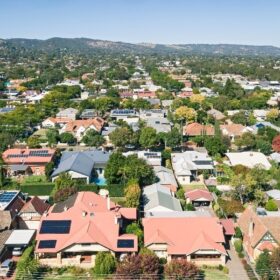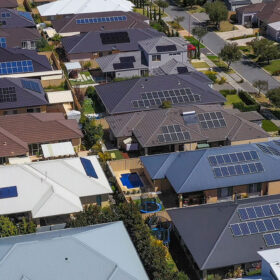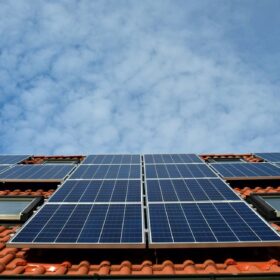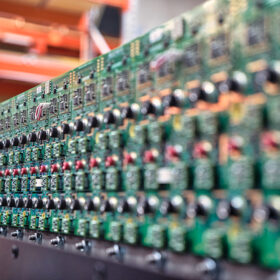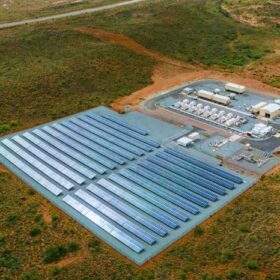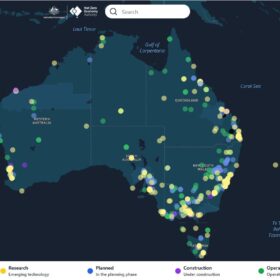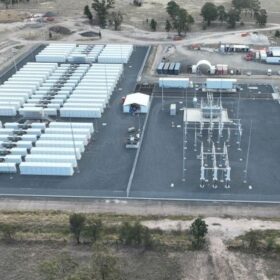Queensland to pilot second local renewable energy zone
The Queensland government is investing another $40 million into a second 8.4 MW / 18.8 MWh battery energy storage system, up to 2.8 MW of solar and 0.9 MW of demand management for a Townsville local renewable energy zone.
Coal gone by 2038 but renewables investment is key
Renewable energy is the cherry on top of a 25-year plan to secure Australia’s future 100% free of coal-generation where grid-scale renewables, storage and distributed solar, backed by gas, will secure the national electricity market for a predicted 313 TWh of demand by 2050.
Batteries on wheels trial gets $3.2 million boost
Over the next three years energy retailer and tech company Amber Electric will trial a software solution for electric vehicle smart charging and bi-directional vehicle-to-grid services to enable consumers using their cars can buy and sell energy to the grid.
AGL tips $150 million into UK-born smart energy platform
Energy major AGL will invest $150 million for a 20% stake in smart energy platform Kaluza in a move the utility hopes will radically transform its retail operations and deliver significant savings.
Project Symphony virtual power plant pilot hits right notes for future markets
A West Australian government virtual power plant technology pilot, Project Symphony, has successfully proven rooftop solar, batteries and major appliances can play an integral role in the state’s energy transition and create $920 million in value over the next decade.
Sydney property giant signs first-ever matched energy supply agreement
Clean energy technology company Enosi Energy has entered into a first of its kind initiative with real estate investment business EG Funds using a matched energy supply agreement to bulk up renewable energy used by Sydney commercial properties.
Digital exchange aims to change game for residential solar and batteries
The Australian Energy Market Operator has begun consultations with industry to develop a common digital platform in a bid to make the orchestration of rooftop solar, batteries, grid-connected electric vehicles and other consumer energy resources easier.
Squadron plans 2 GW renewables project for South West REZ
Andrew Forrest’s Squadron Energy has lodged documents with the New South Wales government in a forward step on its proposed 2 GW Koorakee Energy Park that is to include a 1 GW solar farm and 1 GW of wind energy backed by a 1 GW / 12 GWh battery energy storage system.
Relectrify seeks to scale up after attracting international investors
Australian battery technology startup Relectrify plans to scale up the adoption of its cell-level battery control technology by international manufacturers of grid-scale and commercial and industrial battery energy storage systems after closing a multi-million dollar round of funding.
Horizon on hunt for renewable solutions for Kimberley communities
Western Australian regional energy provider Horizon Power has begun the search for electricity supply solutions that maximise renewable energy sources like solar to power five remote communities in the Kimberley region, reducing their reliance on fossil-fuel generation including diesel and gas.
